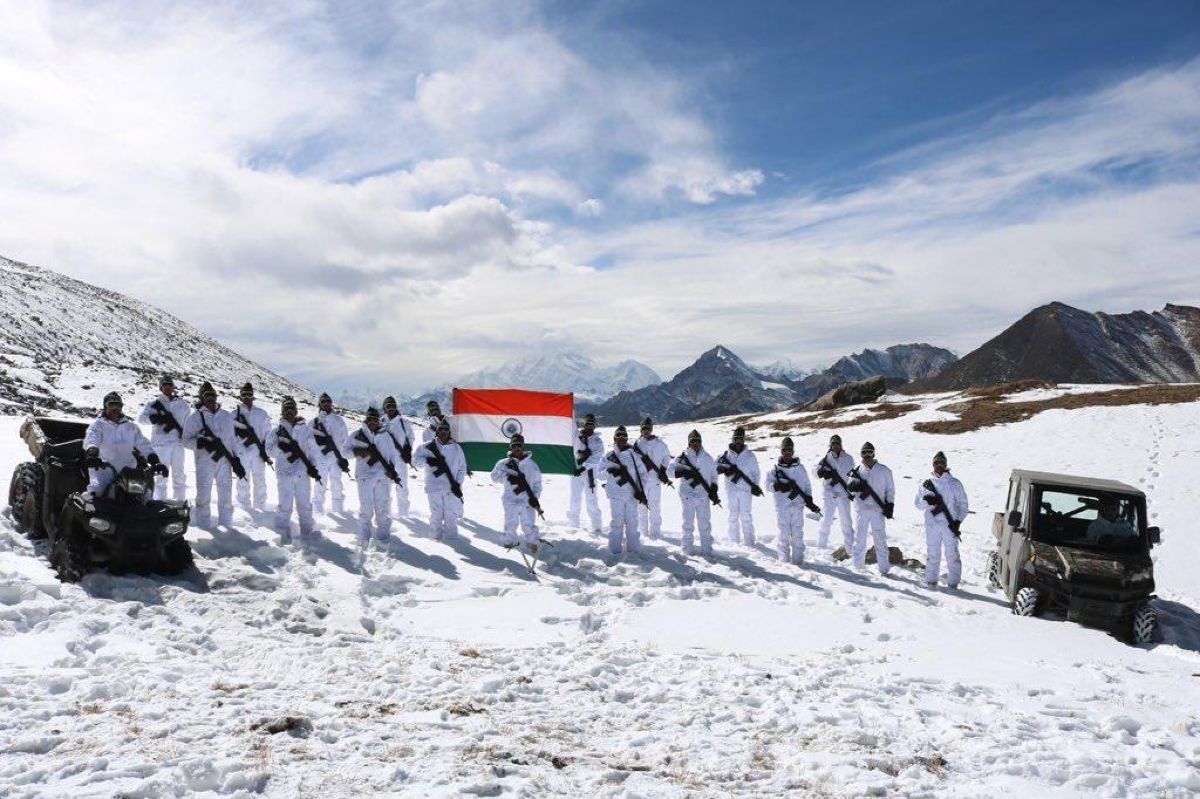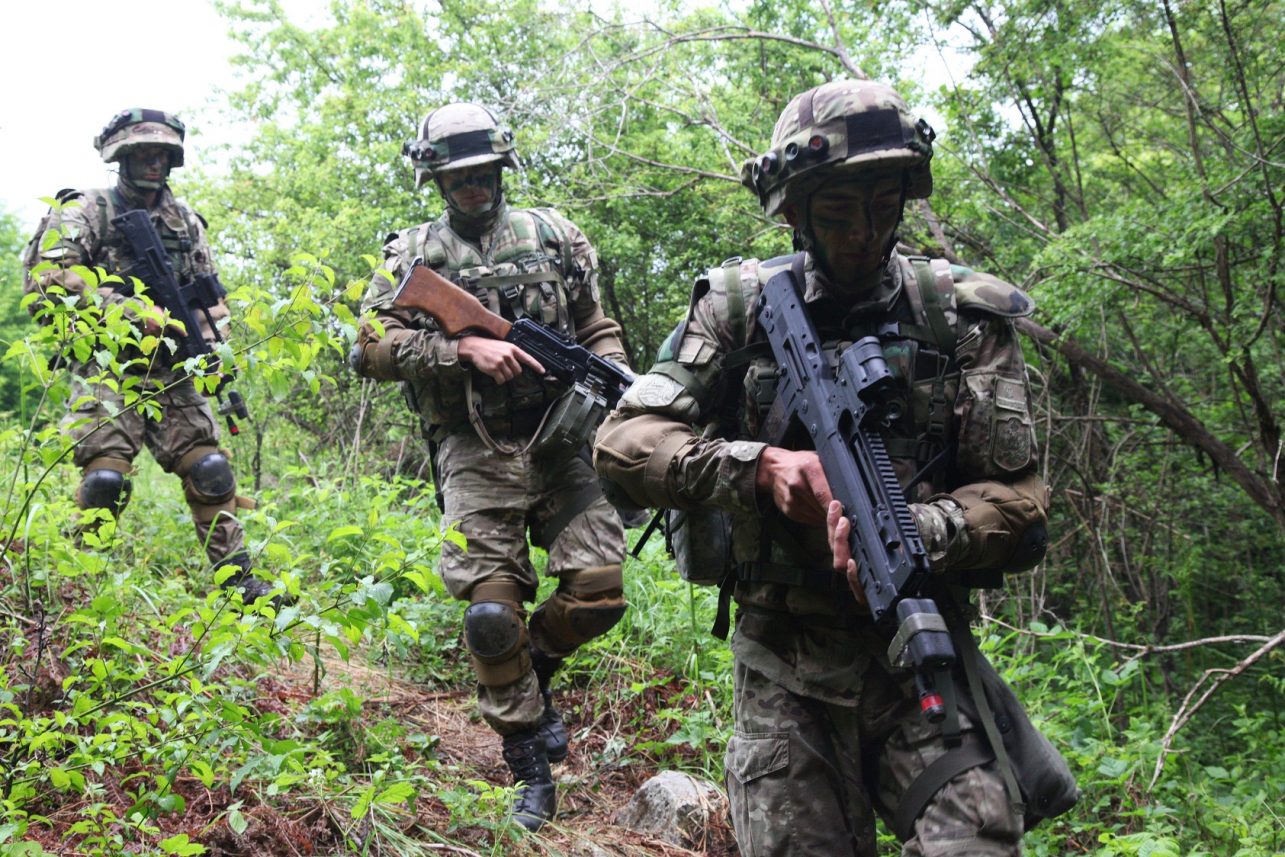More techno-warriors and setting up of cyber operations wings in all the commands is what the Indian Army is looking for to counter China’s ‘unrestricted warfare.’
To make more ‘techno-warriors’ (officers) available at a time, Indian Army has cut short the duration of the Technical Entry Scheme, popularly known as the TES course, by one year. Now TES officers will be able to complete their technical and military training in four years rather than five years as was the norm till now.
Indian Army officers inducted from the TES scheme are generally called ‘techno-warriors’ and are part of the Corps of Engineering, Signals, and Electronics & Mechanical Engineering (EME) Corps. The officers from these corps form part of the new domain of warfare —Cyber, Space & Information warfare.
The TES was introduced in the Indian Army in 1999. The cadets were recruited directly from the schools, and after clearing the SSB (Service Selection Board) interviews, they were sent to the Officers Training Academy (OTA) in Gaya (Bihar). After taking basic military training for one year in OTA Gaya, the cadets were sent to three different engineering institutes of the Indian Army.
The Engineering Corps cadets are sent to the College of Military Engineering (CME) in Pune, Signals Corps cadet-officers in the Military College of Telecommunication Engineering (MCTE) in Mhow, and EME cadets-officers in the Military College of Mechanical & Electronics Engineering (MCEME) in Secunderabad.
The cadets had to undergo three years of professional engineering courses in CME, MCTE, and MCEME to have a B.Tech equivalent degree. After completing the B.Tech course, the cadets were again sent to Indian Military Academy (IMA), Dehradun, for basic officers training.
In 2021, Indian Army made it mandatory for TES cadets to have qualified for the JEE (Mains) examination conducted by the Government of India for various engineering institutes, including the IITs.
But post-Galwan Valley skirmish and ‘abnormal relations’ with Beijing, India fears the onslaught of the Chinese PLA’s unrestricted cyber, space, and information warfare. This has prompted the Indian Army to pull up its socks for non-conventional warfare.
“Cyberspace has emerged as an important component of the military domain in grey zone warfare and conventional operations. The expansion of cyber warfare capabilities by our adversaries has made the cyber domain more competitive and contested than ever before,” said a source in the Indian Army.

“To safeguard the network-centric systems and increase the preparedness levels in this niche domain, Command Cyber Operations and Support Wings (CCOSW) are being raised in the Indian Army,” the source, on the condition of anonymity, informed EurAsian Times.
The Indian Army today is rapidly migrating towards net centricity, which entails an increased reliance on modern communication systems at all levels. Hence, these CCOSW organizations will assist the formations in undertaking the mandated cyber security functions to strengthen the cyber security posture of the Indian Army.
According to China’s ‘unrestricted warfare,’ documented by two senior colonels of the PLA, Qiao Liang and Wang Xiangsui, “The new principles of war are no longer using armed force to compel the enemy to submit to one’s will but rather are using all means including armed force or no-armed force, military and non-military, lethal and non-lethal means to compel the enemy to accept one’s interests.”
There have been numerous incidents when cyber-attacks emanating from China have disturbed India’s network security. During the Galwan Valley clash (June 2020) and LAC tensions in the aftermath, a cyber attack was made on the electric power supply system of Mumbai, the commercial capital of India. India’s Computer Emergency Response Team (CERT) neutralized the attack within hours. Such incidents of cyber attacks have led the Indian Army to bolster its cyberspace at all levels of formations.

“With rapid migration towards net centricity, which entails an increased reliance on modern communication systems, the recently held Army Commanders Conference (ACC) reviewed the requirement to safeguard the networks and decided to operationalize CCOSW in the immediate future,” said Colonel Sudhir Chamoli, spokesperson of the Indian Army in an official statement.
ACC is an apex military forum of the Indian Army led by the Chief of Army Staff. It includes all the Commanders-in-Chief of the seven commands and Principal Staff Officers (PSO) posted in the Army Headquarters. ACC is held twice a year; the latest conference occurred from April 17-21.
With the coming of these CCOSW, Indian Army will require more cyber-warriors. As such, the TES scheme will now be converted from a 1+3+1 to a 3+1 model. Now the TES cadet offices will go directly to various military colleges for a three-year engineering course and then for one year of military training at IMA, Dehradun.
“Training initiatives to optimize on infrastructure, time and resources to maintain effective and lethal fighting force were deliberated upon in the ACC meeting…and thus the change in TES model from January 2024”, informed Col Chamoli.
Four-year training model will ensure that young officers are available in the Indian Army Units to serve the country for one additional year,” said an Indian Army source.
- Penned By: Neeraj Rajput
- Email us at etdesk (at) eurasiantimes.com




